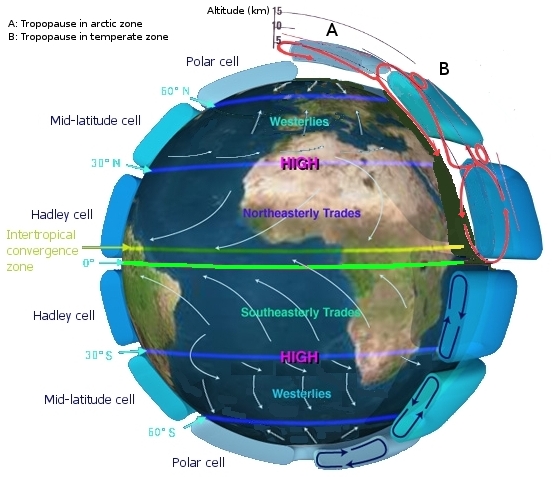In the Sahara we see evidence of old water bodies that have dried up. Having a water body present to induce evaporation within a warm season fuels the wet-weather precipitation and literally dictates the type of eco-zone the area is.
We can see the interim results of this type of drying in the Owen's Valley of the Eastern Sierra range in CA. Los Angeles stealthily bought up nearly all the land in the Owen's Valley and claimed the water rights to the old Owen's Lake, which used to be vast and supplied the Eastern Sierra with critical evaporation and moisture necessary to its frail ecology. In the last several decades as the lake dried up further and further, more and more forests on the eastern side of the Sierras began to become stressed and susceptible to insect attack and drought conditions. Snowpack in the Sierras has also been affected. This snowpack feeds the entire state and is heavily relied on for agriculture in the Central Valley to supply food for the entire US and parts of the world.
So in selling off this critical body of water to Los Angeles' unending and ever-growing thirst, the state scratches its head and wonders why droughts and water supply for agriculture are headaches for the region?
Silly humans..

In college I took many courses on ecosystems and their interaction. What really helps to pass these courses is to pull way back and look at the earth like a kid looks at an antfarm. When you do this it is simplicity itself to see and predict what will happen at a given place if you do something else to somewhere else.
If we restore inland water bodies within the Sahara, it is easy to predict-in-reverse, using the Owen's Valley model that revegitating and revitalizing will occur by nothing more than increasing localized evaporation. It's a theory I have. I wish I was as rich as Bill Gates so I could influence it and make it happen.

